Well it’s summer all right. At the time of writing this, the demented maniac clutching the steering wheel of the country has just swerved us into a potential war with loads of brain dead, brainwashed, bloodthirsty American cretins in full fervor behind it. Again. Deep in the throes of economic crisis, of societal stagnation and regression, of constant streams of national violence and international genocide broadcast directly into our brains 24 hours a day, we’re adding a looming fight in the Middle East into the mix. Again. The 2000s nostalgia clearly knows no bounds, maybe we really can’t imagine a future. In very stark contrast to that however, maybe the most optimistic I’ve felt in a long, long time came the other day when Zohran Mamdani was elected in the NYC mayoral primary. I genuinely didn’t think good things still happened in America. I guess we’ll keep our fingers crossed for November. I’ll be completely honest, I outlined and wrote a good amount of these essays below before these latest updates, revised them as the events unfolded, and am still currently trying to process where we’re at now and trying to recalibrate after such an emotional whiplash. As usual, there is a lot of turmoil and tension in coping with the city that I’ve always considered home residing in the country that it does.
In this edition of the Dispatch, I spent the nasty heatwave trying to cool off (and in hindsight distract myself I guess) by thinking a lot about what’s cool. What is coolness in 2025? Is it as real as it used to be? What changes along the way have altered how we interact with coolness? All I know is, certainly not much feels cool right now.
Also, a new column called Double Feature about the art of pairing things, any things, to make a new, potentially greater experience. First up is a pair of movies that are bound together by the romance, drama, coolness, and loneliness of their respective creators, two of my personal favorite films that form a crystal clear image of the isolation of the 21st century.
There’s not much more I can say that this quote from Hunter S Thompson a week after 9/11 doesn’t say better, so I’ll just leave that here. Reading it back, as much as I love the guy’s writing, I can’t help but feel stung by just how much more poignant it gets with time. I don’t know man, I’m just tired I guess.
As usual, thank you for reading.
-ms
Table of Contents
“None of This Is Cool.”
Recent Pieces/Mockups
Double Feature: 21st Century Loneliness
Refer my newsletter to some friends to unlock a few months for free and remove the paywalls on every edition, PLUS get access to the full archive!
⫘⫘⫘⫘⫘⫘⫘⫘⫘⫘⫘⫘⫘⫘⫘⫘⫘⫘⫘
A Word From Our Sponsor
⫘⫘⫘⫘⫘⫘⫘⫘⫘⫘⫘⫘⫘⫘⫘⫘⫘⫘⫘
Let me preface this by saying I wouldn’t necessarily consider myself “cool”. I’m really not in the business of self-aggrandizing or self-mythologizing or “aura farming”, and usually anyone that outwardly says they’re cool has to put a sizable amount of effort in to convince you as such. Beyond that, I think to consider yourself cool is to ignorantly consider yourself as a fully completed project. Coolness to me is a journey, not a destination. I may do or make or wear cool things (sometimes), but frankly, I’m too intense and neurotic of a person to regularly practice the art of coolness in daily life, and that’s fine. However, regardless of if I’m personally cool or not, I do take a considerable amount of pride and stand rigid in my sense of knowing what is cool. Not every movie critic needs to have made a film, not every music critic needs to have made an album, and I don’t have to personally consider myself “cool” to know exactly when I see or feel the real thing. Something I will allow myself though, is that my gut instincts on what’s cool have rarely ever failed me. My tendency to gravitate towards the more uncrowded areas gives me a really good sense of feeling out what’s actually cool and what’s just popular. Being cool may change sporadically from moment to moment, but coolness as a whole remains as a constant, one that can be analyzed and learned from like a law of physics, something that I do find myself obsessed with. I want to clarify that this is just my obsessive opinion on things, but it’s important to establish trust that I really do know what I’m talking about, and that I’m not just trying to gas myself up or align myself as some bastion of coolness, because again, I have no interest in doing that, and I personally am not that.
Another thing I’d like to establish before diving deeper is clarifying the difference between Cool and Popular. Very often, these two are the inverse of one another, and form a delicate relationship that oscillates back and forth, constantly moving each other forward. For simplicity’s sake, let’s roughly consider there to be Three main stages of Cool, all interacting with varying levels of popularity and saturation. Coolness tends to start at its most authentic at the fringes, the innovation of the discerning minority (Tier 1). It is then discovered and coopted by the people that begin to make it more popular amongst a slightly more “tuned in” (but still behind) population, which we can just call the Explore Page (Tier 2). Now having been translated into a more digestible, popular form, what was once cool eventually reaches a critical point of mainstream discovery and mass saturation into the consumer majority (Tier 3), which ultimately makes it no longer cool, but rather fully popular. After it has been fully exploited and wrung out for everything it could possibly give, after the consumer majority has gotten their fill, it’s then abandoned by the mainstream and lies dormant until enough time has passed without saturation, and it becomes cool again to the subversive minority. It’s just a constant of life.
Maybe the most concise specific example we can use of observing this in real time is the shift in pants width in menswear over the last 15 or so years. Skinny jeans, an Obama era symbol of hipsterism, pop punk, “Indie Sleaze”, and subversive, cutting edge fashion through designers like Hedi Slimane, Raf Simons, Christophe Decarnin, Rick Owens and others, gradually became more mainstream by the late 2010s and early 2020s. The slim silhouette then reached max saturation through cheap stretch denim and mallcore derivatives for the consumer majority, and was eventually ditched at first by the subversive minority and later the Explore Page for what we now see endlessly, the comedically voluminous. Part of this was due to mainstream nostalgia for a time where wider or baggier cuts were more prevalent (and latent regressive homophobia showing itself through a rejection of a more “feminine” silhouette but that’s a different topic), but a massive factor of it was simply because of oversaturation. The more popular something gets, the more exposure to it people have, the less cool it begins to feel. Ironically enough, we have already begun to see skinny silhouettes gradually making their return as an answer to the saturation of the ludicrously wide legs of the current mainstream, as the decade trend clock ticks its hour hand further once again. (Just for the record, I never stopped wearing my DRKSHDW Detroit cuts personally.)
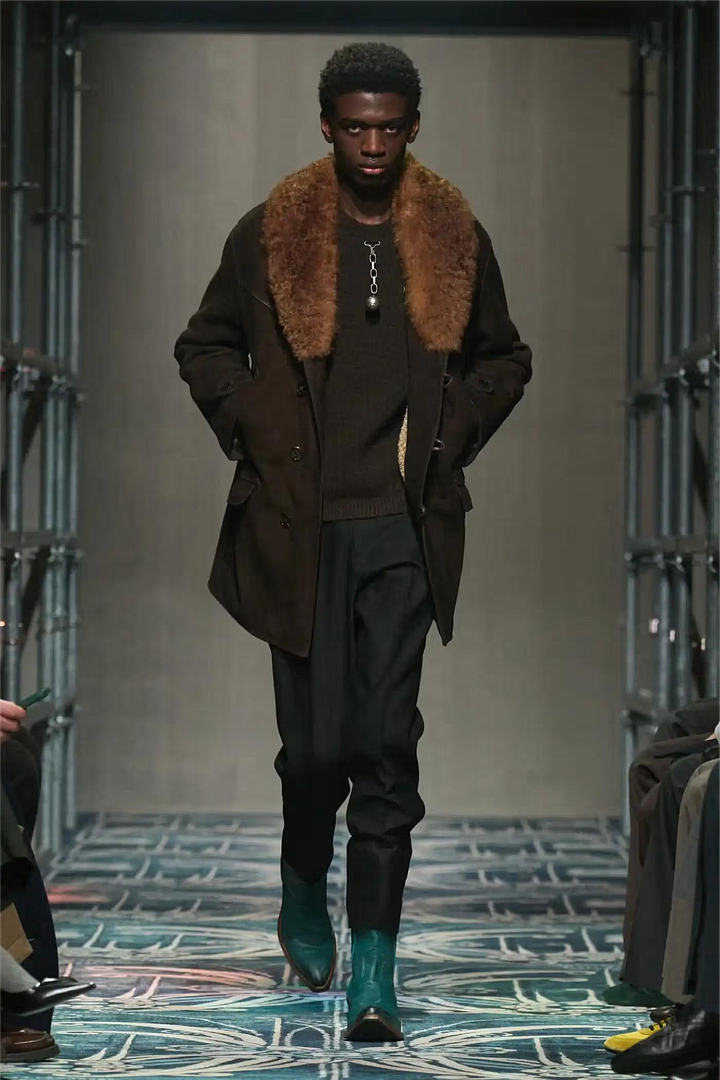
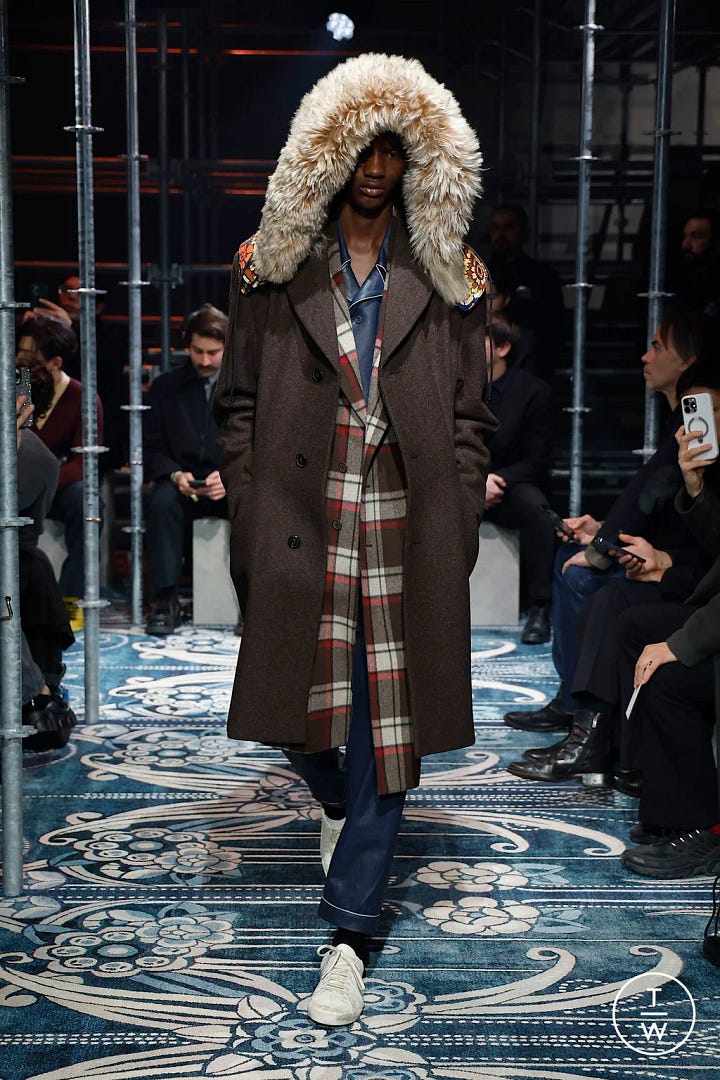
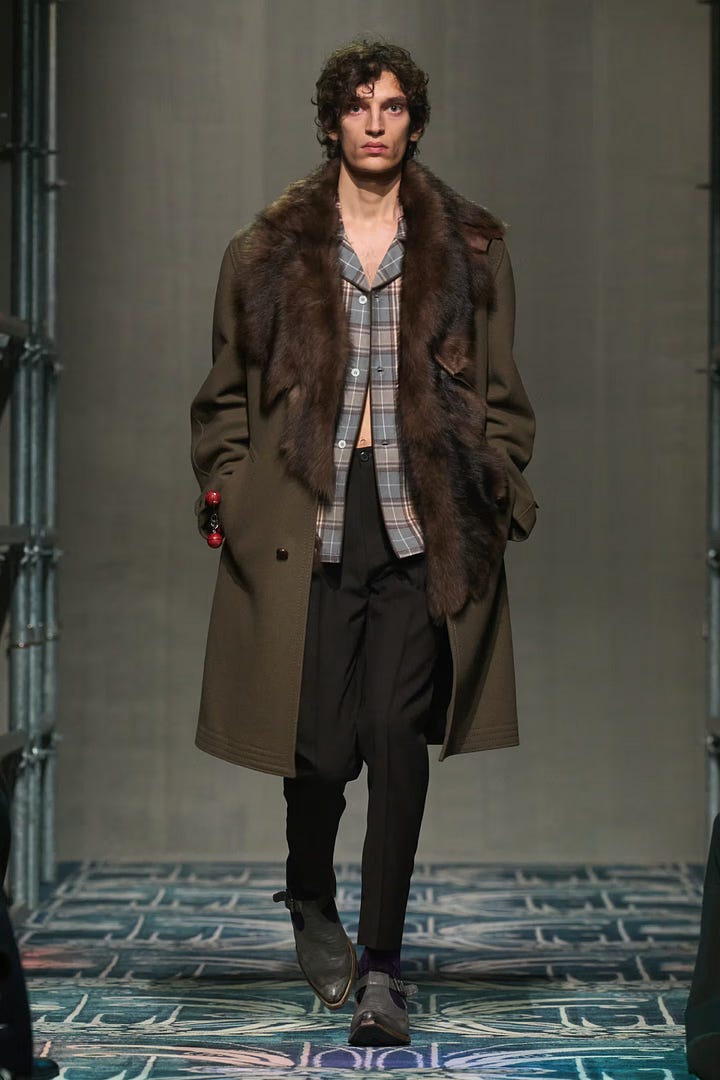
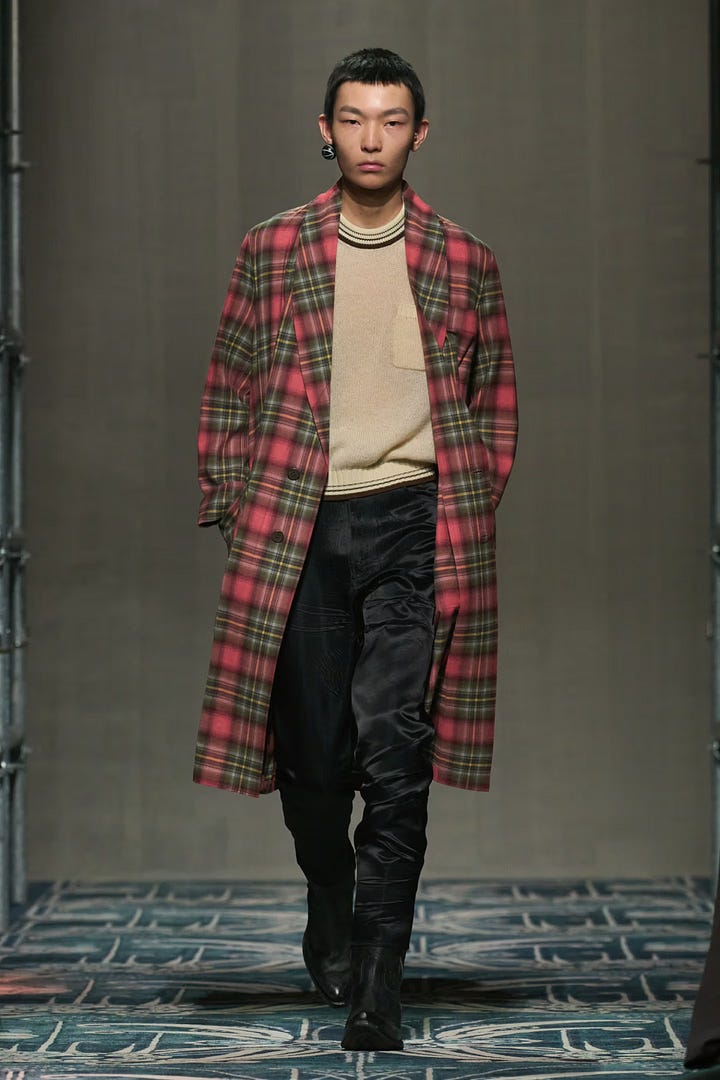
All that being said, we are absolutely facing a crisis of cool in America right now, a coolness recession if you will. Again, this isn’t to say there aren’t cool things or cool people out there, but the greater concept of coolness itself, the intangible but highly perceptible sensation of it, has gone all but dormant in modern American culture. Coolness, at its core, is qualitative. The beauty of it is that you can’t just synthesize it from set ingredients or a formula (despite how hard people try to), it must be felt. That is what makes it so human. This stands in stark contrast to the defining values and priorities of 2025 America, which skew more quantitative. Numbers, symbols, and other easily calculable and standardizable data and information. Combine that with the hyper-deliberate and forced nature of social media, and it creates an environment where authentic coolness begins to starve or migrate. From the wider acceptance of sickeningly smooth and empty AI generated garbage aesthetics, to constant recycling of references, to the Food Bowl-ification of personal style, to the increasingly prevalent dead eyes of the selfie presented as biodata, things are pretty fucking uncool now. In order to investigate further into this dearth of swag, we have to look at what factors played a role in this change. Additionally, we will pick apart some of the effects of this coolness drought, and how they can start to warp our personal experience.
“And had it been this long, since I got lost in space?”
One of the major contributors to this fading coolness of the last few years has been a shift in the Greater Ecosystem of Cool. For a large chunk of the last 15 years, right as social media fully tightened its grip on how we consume, discover, and aspire, there were several key cultural pillars holding up entire subcultures, many of whom have since crumbled, deteriorated, or disappeared for one reason or another, causing a rapid unbalancing and destabilization. To focus on more acute examples of what I mean, we can look at two figures intertwined together that have since lost their role in this cultural Atlas position in vastly different ways, Kanye and Virgil Abloh. Both of them acted as sort of reactor cores of what was cool, with immense reach that kept dozens, if not hundreds of cultural engines in their orbit in one way or another. Artists, designers, musicians, hangers-on, sycophants, and so on found themselves in the worlds that they built and anchored. Very crucially, these worlds during this time were constantly in flux, always possessing a dynamic cultural inertia moving forward, and that carried to the people that occupied those spaces. From album rollouts to parties to fashion shows to product drops to collaborations, they always felt like a real event. Very importantly, both of them knew how to incorporate social media into this coolness, oftentimes making it feel alive and creating real desire. There were feelings that anything could come next, that the ceiling was now nonexistent, and that you needed in. Even if you weren’t a big groupie, there was always something that compelled people towards their scenes. From the most popping models and It Girls to respected figures of the art world to rising star musicians, they formed an entire ecosystem that was populated with various authentic Coolness drivers, ravenously followed by those “in the know”, and further trickling down to influence what the mainstream found cool. All three “tiers” of coolness were covered.
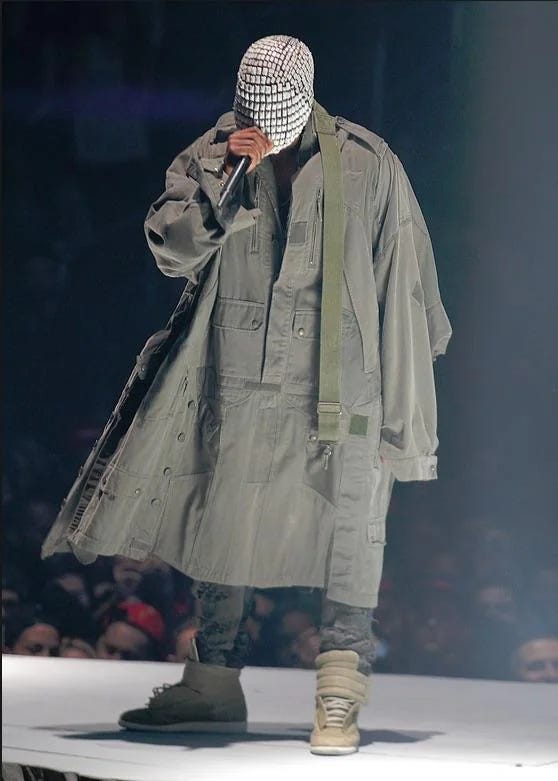
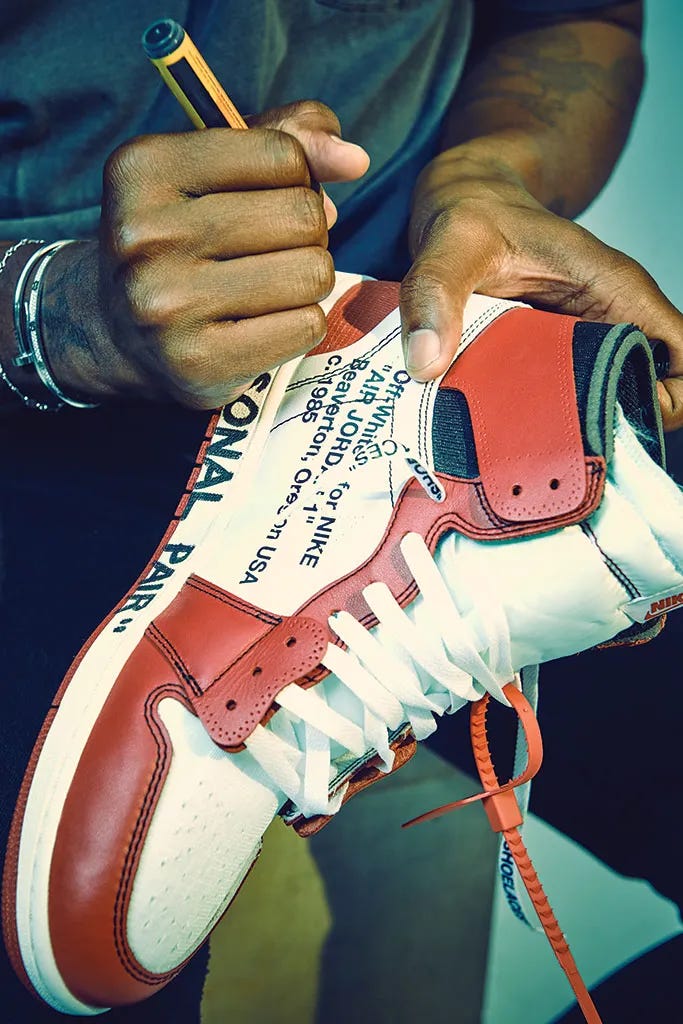
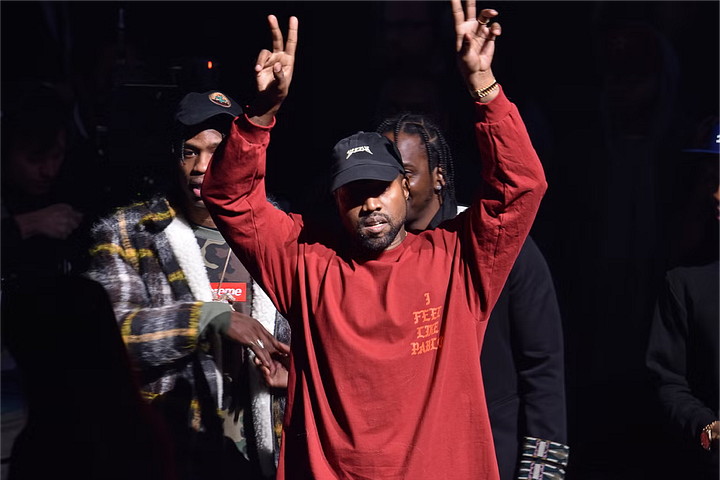
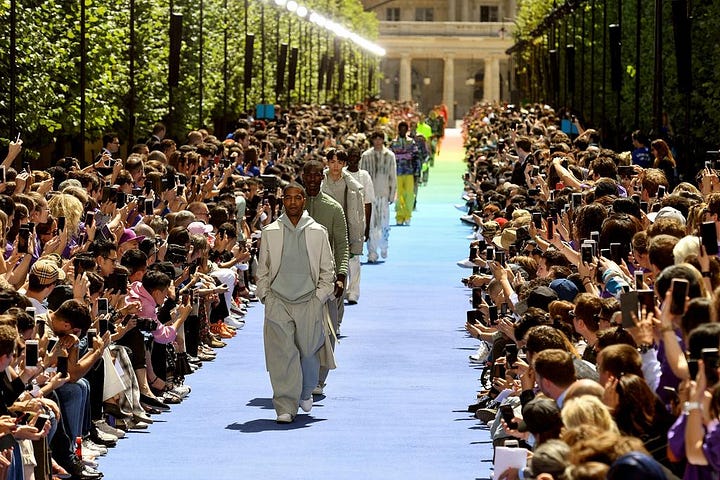
This vaporous cloud of clout was enough to sustain growth for several different degrees of separation from it. Through the sheer strength of even tangential connections to or co-signs by these main “hubs”, an entire sub-industry was flowing freely. People built alleged credibility and careers solely off of proximity to these centralized fixtures of Coolness. We are still seeing remnants of this today, from Kim Kardashian fully coopting the former Yeezy earth tones, to the mainstream sticking power of early Virgil scene disciples like Playboi Carti. In 2025 however, those former energy cores driving what was cool for a large chunk of “culture” are now gone. Virgil tragically passed away in 2021, and Kanye, well, you know. Without these giant cultural celestial bodies and their massive gravity at the center of the scene with no real replacements, countless satellites that relied on them have now spun out of orbit and float aimlessly through the space of social media, forced to figure it out themselves without a central barometer for what’s really cool. As we’ve seen, not many people are doing a good job of that. Left to their own devices, a large majority of these “cultural movers” have fallen into bland, cyclical references, significantly lost their momentum, spiraled out in clout hungry mania, or in any number of ways been exposed as simply not being that cool. As the ecosystem was thrown out of balance and became more fragmented, many of the parts that made it up began to flounder without the previous coolness support structure. This also coincides with maybe one of the biggest blows to coolness of the last 5 years, the Explore/For You Page, and the domination of the algorithm. Hyper-tailored, hyper-reinforcing, maximizing information and minimizing outside influence. The atomized, inhuman algorithm itself has now become the main driver of people's perception of what’s cool.
The algorithm is inherently quantitative and rigid. It needs data and statistics to function, which stands directly opposed to the ethereal qualitative nature of Coolness. When an algorithm becomes the main force propelling culture, style, discovery, and connection, it prioritizes efficiency and safeness over dynamic, unstandardized coolness. It explains why so many popular “cool” outfits now can feel so plug-and-play, simply combining confirmed “good” elements together and hoping that magic happens on its own. So-called “eclecticism” and “expression” are sometimes embraced, but usually only with predetermined ingredients like a quirky meal kit. Additionally, the pieces that make up this expression lack context beyond simply just popularity, so there is nothing to build off of, nowhere interesting to take it. How free is this freedom of expression really? We can see this same phenomenon in Pharrell’s take on Louis Vuitton, which acts as a near perfect reflection of worn out, predictable Explore Page aesthetics. Easily recognizable symbols (The ballooning double knee pants, the cropped jackets, the fucking jorts) pieced together without any subversion or surprises. Algorithm Cool. Predictability, while sometimes safer, is decidedly not cool. It tells a completed story, without any room for dreaming up what comes next or desire to follow along. Compare that to Virgil’s LV, which while not always the most critically successful, took countless more risks, unafraid to claim the rough lows alongside the soaring highs, drawing people in to be invested in what came next. That’s cool.
That drawing power, the attractive force that compels others towards something, is one of the foundational elements of coolness. It’s not something that can be faked or synthesized from simply combining external ingredients, there needs to be an internal human variable to make things feel special. The formulaic, contextless nature of social media is contradictory to that, especially now that things need to fit into algorithmically created rules to follow in order to be seen. Not very hospitable for authentic, organic coolness. Even further, social media as it exists now is frankly just deeply uncool. There is nearly no mystique on any of the apps by design. There is a rigid, forced, targeted, poised, performative, deliberate nature to posting that stands in contrast to the supposed effortless or “nonchalant” aesthetics trying to be communicated. It’s no surprise that some of the remaining ever-present pillars of coolness, ones that have experience being organically cool, typically reject regular social media use now and in turn the contemporary digital façade of coolness. We can look to certified legends of consistent coolness like Rihanna or the Olsen twins and see that they still inspire, still influence, still remain cool as fuck without resorting to the hollowness and microtrends of the modern digital space.
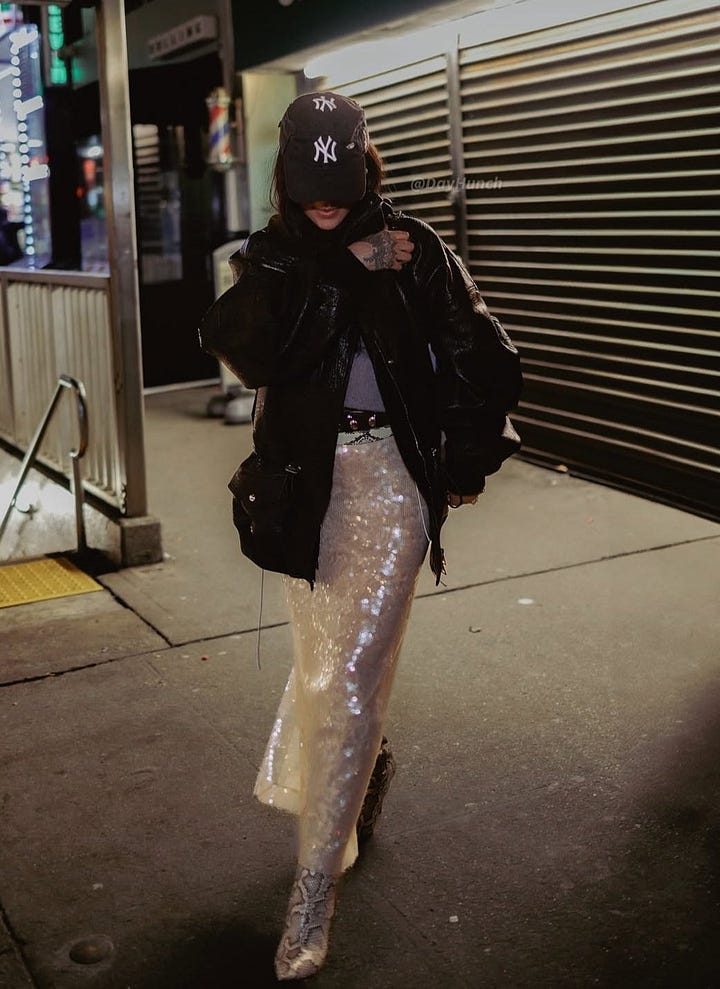
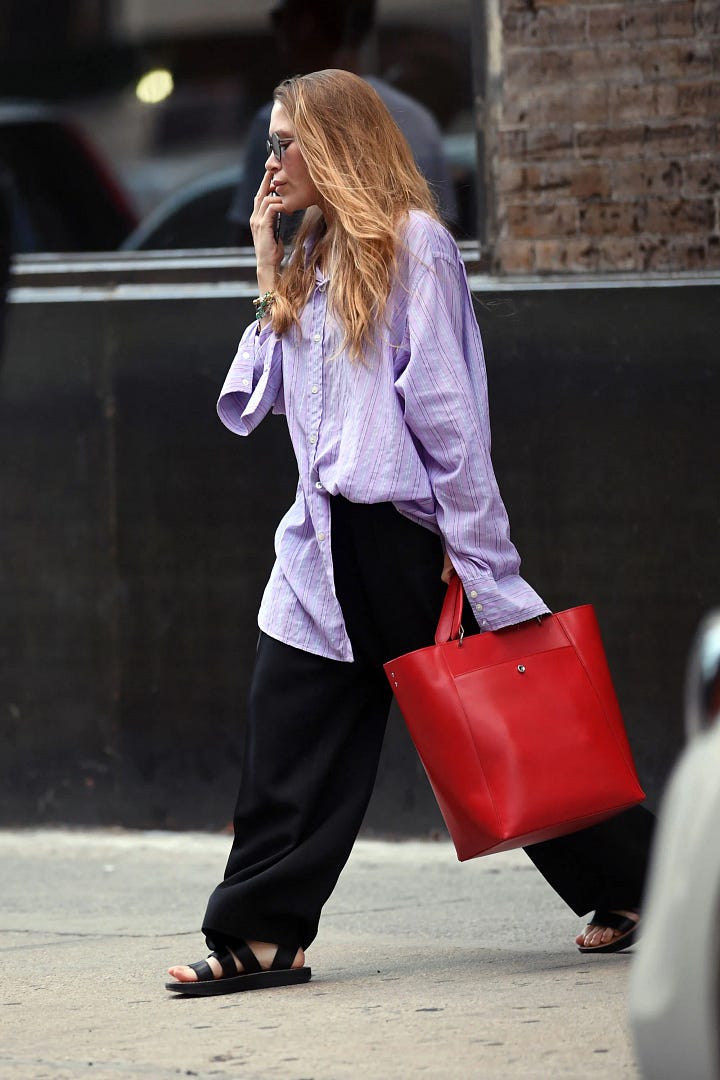
In fact, their avoidance or bypassing of the traps of synthetic digital coolness is actually what makes their natural coolness feel all the more tangible. You can feel that it comes from them. This emphasis on felt experience again speaks to the qualitative nature of cool, whereas social media focuses on the quantitative, on metrics and measurable popularity, a direct inverse of what’s cool. In short, most cool people are using social media a lot less, if at all (the Frank Oceanification). A further great quick analysis of specifically Mary Kate Olsen’s relationship to and removal from online coolness trends can be found in this video from friend of the Dispatch, fashion theorist, and noted thoughtful GOAT Rian Phin. Examples like the same beat up handbag that recurs throughout dozens of MKO’s outfits speak to the slow burn establishing of actual coolness. The store-bought commodity itself isn’t what’s cool, it’s the journey of it in relation to a cool person, the narrative being spun naturally in real time, the lucid rejection of disposability in style. Again, most apps now as consumption machines actively discourage this type of longer form built coolness, prioritizing instant gratification and newness above all. As a result, it’s taught us not to get too attached to our things in fear you might have to abandon them at a moment’s notice when they stop being trendy, like Robert De Niro in Heat (1995).
“What’s cooler than being cool? ICE COLD!”
Because of the transactional, quantitative nature of social media (likes in exchange for content), the idea of coolness itself has been commodified, standardized, and industrialized, causing it to become increasingly worn out. The various Businesses of Lifestyle, Taste, and Status have become so fucking exhausted and wrung for content that even things that should be cool on paper stop registering as it. We’ve seen it all, again and again. Gluttonous amounts of commodity fetishism and good taste competition have started to build up an extremely high tolerance and fatigue for all of it, while also removing any meaning. Trends, products, references, “moments” are recycled ad nauseam, run though the gauntlet until they become entirely ahistorical. So far removed from their now faded or obfuscated original context, they simply exist as empty surface level symbols. Logos to brandish in an attempt to mark (or market) yourself as Cool. Additionally, with the surplus of information and content at our disposal, more than ever things often reach popularity at a lightning fast pace through virality. As we know, popularity is often the killer of coolness. Things now often become popular before ever establishing or acknowledging any type of context to stand on, so they wind up feeling completely unstable or discardable.
The dangers of this ruthless industrialized exploitation of coolness and culture are probably understood by nobody better than Queer and Black communities. It’s no surprise that these frequent epicenters and breeding grounds of authentic coolness, the places where groundbreakers and needle pushers often emerge from, are usually the most gatekept. Social membership is prioritized. Not from a place of exclusivity, but one of protection, or self-preservation under intense scrutiny or a history of external violence directed towards them. Countless examples of organic coolness being bastardized down the line as it grew in mainstream popularity can ultimately be traced back to these spaces, from Disco to Hood By Air. Again, eventually things that were once cool, now divorced from their original context, become flattened into meaningless symbols by those without the proper care for them. Without this attachment to what makes something cool, it loses its geography in a cultural moment, run through essentially Google Translate so many times that the minutiae and subtleties become lost, turning to simply white noise. It makes sense why so much winds up looking or feeling the same now, because it’s all treated the same.
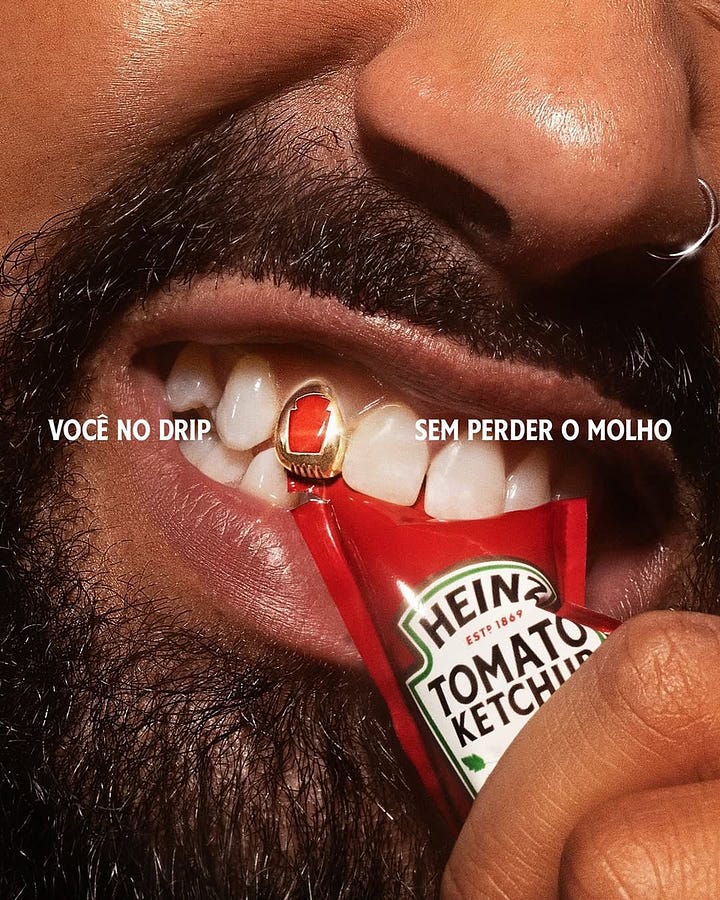
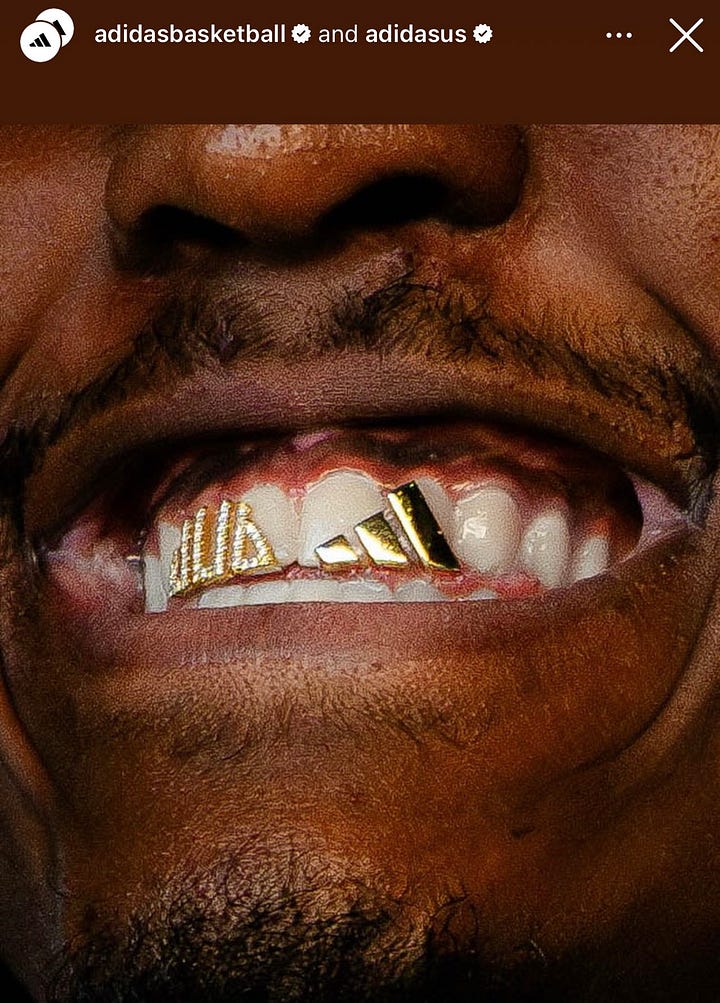
There is a lot of great or cool or tasteful stuff out there, right at your disposal. So much in fact, that it starts to not matter as much. For as cool as these products or artists or brands or whatever else may be, the sheer excess of them, how they’re treated, the ways we encounter them, and the instant gratification popularity of them creates a kind of inverse effect, neutering the coolness before it gets a chance to breathe. Eventually, the algorithmically dictated ecosystem begins to smoothen out what occupies it and it all begins to become indistinguishable and predictable. The same “elevated” basics, the same edgy, quirked out maximalism, the same overly saccharine “real lover” tenderness, the same vague café simulacra lookbooks. We can all sit outside and dine on milkcrates and shitty tables and do our best Bourdain impression on our IG stories all we want, but it doesn’t hit the same when the wine and “small bites” are $20 each and the restaurant or bar feels identical to and interchangeable with all the rest, with no history or context like an EPCOT Center version of bohemia. The organic romanticism that comes with the authentic experience that’s being imitated gets replaced by a purely transactional version of it, comprised of pastiche and symbols. A confused ambiguous middle ground that simultaneously removes the benefits of a deluxe experience and a cheap one, leaving us with an uncanny half-impersonation of both. Not that cool. Somehow, this seems to have become the standard for a lot of leisure as a whole now. At a certain point, there’s a lot of power in admitting the classic Butthead-ism, “Uhh… this sucks.”
What we consume, no matter how cool or good or “tasteful” it may be, eventually doesn’t matter when how we consume it remains ubiquitous for nearly everything through the flattened platforms of social media. Sometimes seeing the way people talk about or treat a potentially cool thing can be enough to turn you off of it completely, leaving a bad taste in your mouth. As products, spaces, events and more become further homogenized, sanitized, or robbed of context, ironically they are being pushed harder and more shamelessly than ever. The gasps of breath of struggling industries metastasize as louder, more incessant pitches from shills spinning hollow narratives for blander or recycled or worse product. Things now often try so hard to be moments, to synthesize or recapture some feeling that can never truly return, that they wind up stifling any chance of it happening, like blowing too hard on an ember trying to start a fire. Coolness can be thought of like cologne. The loudest, the most noticeable, does not equate to quality. More often than not it just leads to a headache. The impossible to ignore saturation of it winds up working to its detriment, trying too hard to push outward instead of drawing in.
There’s always another album or chair or shoe or party or DJ set or whatever else to raise your coolness stock market value over someone else’s, until it all starts to indistinguishably bleed together. A culture that prioritizes social superiority over social membership while also providing nothing but regurgitated matter to consume eventually just begins to eat its own tail. We may have all become too cool to be cool. The moodboards, the references, the hypercurated pictures, the bottomless product recommendation barrel, all starts to feel like synthetic Coolness Porn. Desensitizing, disposable, and dysmorphic, with no emotional commitment or weight, completely simulated. Additionally, the schizophrenic mix of content presented on the average TL scroll now is poison for any type of real coolness “worldbuilding” that may be attempted on there. Footage of someone getting blown in half next to a deranged Stan rant next to an eating disorder guide next to whatever nearly identical product a brand wants me to feel like I need. More of the same over and over again just becomes nauseating, especially now that we have a surplus of much heavier things preoccupying our minds. As an example, at the same time as the news of the US attacking Iran and inching us ever closer to another brutal global conflict broke, as we stared down our complicity in a genocide and shoulder the weight of how we ended up here, it’s Paris Brand Activation Week on Instagram. Swaths of influencers, various clout accountants, and other sycophantic power players entering the IG story Olympics, hell bent on making you feel like you’re missing out on something. The only issue is, it didn’t seem to work like I expected it to. Beyond the stark emotional contrast of missile footage and the grave uncertainty about what lies ahead right next to the 5th room temperature oyster platter and 26th party flier, it made me realize that the stuff that I’m supposed to find cool is just not working anymore.
“I do get bored, in the flat field.”
Something I’ve been wrestling with mentally for a while now is this lack of FOMO I’ve been feeling when it comes to things I once thought or know I should think of as cool. More and more I recognize things that are meant to inspire allure in me, and feel nothing. I think I’ve finally identified the issues. The first major factor is a great flattening of what is and isn’t cool through social media. It’s not breaking news that over the last few years homogenization online has exponentially increased, leading to waves and waves of aesthetics of safe blandness or self-referential contextless algorithmically approved “personal expression”. Normally, cultural movements grounded in context and organic foundations tend to mold when they age out, transforming into subversions and mutations and progressions building off of or in spite of what came before it. With this more synthetic, hollow symbol based culture however, now that enough time has passed without much of a change, it has instead started to become stale. Nothing is subverted because there’s just not much to subvert. There is a wider spreading feeling that the cultural inertia of our time has slowed to a crawl, or even completely halted. This predictability and stagnation are directly antithetical to authentic coolness, which thrives off of unique idiosyncrasy and dynamic action. I’ve been thinking a lot about former punk or other rebellious aesthetics recently, and their use of subversion as protest, repurposing fascist or right wing or even simply mainstream aesthetics to make a larger statement against them. If some type of equivalent were to happen today, what would that even look like? There isn’t really an easily identifiable mainstream to subvert, the yuppies and the groyper alt-right freaks are all shopping for the same tastefully “elevated” streetwear or “archive” fashion or browsing ssense like everyone else, and things like the tech/finance bro uniform (puffer vest, OCBD, stretch fabric pants) are so devoid of character or texture that it seemingly has no inverse.
I theorize that so much of the same for so long has led to a latent boredom through overstimulation. We’re exposed to so much information and commodity and opinion at once that it has dulled how we engage with them all, like all colors of light combining to make blank white. It feels like a significant portion of modern microtrends or fads or popularity spawns from sheer boredom more than any real desire. Something like a Labubu (do you hear yourselves?) having the presence that it does could only arise from such an arid, bored ecosystem, in high demand seemingly because it’s already arrived in high demand. While social media has certainly increased the range of products, philosophies, or interests at our disposal, it has significantly lowered our attachment or commitment to them. In turn, we have less stake in them, less reason to stick with them for longer than a few months or even weeks. As a result, the supposed “self expression” never has time to fully form or patina or gain real substance or character because either mentally or physically, it is quickly replaced with something else. They don’t feel rich or fulfilling because we don’t let them reach that point, and boredom is the consequence, easily ignored by even more doomscrolling. Additionally, in the age of the influencer, because of this surplus of information, more than ever people are too aware of how the “system works” when it comes to perceived coolness, and approach it with the overt intent of “gaming” it, applying the ethics of capitalism to the Self. What actually winds up happening is any potential sincerity or character being replaced with a patronizing, hollow, winking performance that has only grown more stale and boring with time. Yes, it may come with spoils and notoriety, but one thing it’s surely not anymore, is cool. We’re flexed out and fatigued. I believe that this impermanent, fleeting, exploitative attitude towards coolness, combined with that growing sense of staleness, is the core of a major lack of real desire felt now. When I’m presented with yet another bland product, another tired “lifestyle” post, another empty trend, where is the appeal supposed to be? What is meant to draw me in, to make me crave being a part of it? To quote the late Ian Curtis, “What you gonna do when the novelty is gone?”
Jaques Lacan describes desire as originating from a lack within yourself, something that propels you towards something in order to fulfill that space. But what happens, like we’re seeing more and more now, when that lack of something is a lack of real desire itself? If our desire is only stimulated enough for bland half-interest and engagement by more of the same over and over (a-la the Explore Page), it never feels hungry enough to really drive us towards something new, while simultaneously never being truly satiated or fulfilled. In his famous/infamous documentary The Pervert’s Guide to Ideology, Slavoj Žižek talks about Coca-Cola as something that creates desire for desire’s sake, simultaneously “satisfying” you and leaving you unfulfilled wanting more. This directly parallels our online consumption of homogenized, recycled, algorithmic coolness, and how it slowly dulls our own desire. Žižek posits that this loss of desire itself is “the ultimate melancholic experience”, and I think that helps to explain this growing lack of allure in participation of modern culture. What’s being presented simply isn’t cool enough, or at least too exhausted, to create that needed desire.
Coolness can be seen as aspiration, which is itself a form of desire or something to pursue. Without real coolness or real aspiration or real desire, there is no engine, nothing to prevent us from being stuck in critical stagnation. Jean-Paul Sartre describes facticity and transcendence as two defining characteristics of the human experience. Roughly, he defines facticity as the things you are, and transcendence as the things you are not yet, or your ability to progress your facticity, with each one playing just as much of a role in defining yourself. Without any desire to drive us towards change (usually done through coolness), it locks us into a set facticity and cripples our ability to transcend it, leaving us unfulfilled and incomplete. Additionally, the rise of the “personal brand” has only further prioritized and reinforced the idea of a static facticity, encouraging a fixed identity to adhere to without deviation. It’s no surprise then why so much feels like Déjà vu now. As a more specific example, it’s remarkable how little the jokes have changed in the last decade, all still feeling like haunted artifacts frozen in time. The same “ guy who wears workwear but works an email job” observations, the same “blue haired barista” archetypes, the same “Creative Director” tote bag and matcha memes, the same vision of what a hipster is from now nearly 20 years ago. Now that we’ve noticed all these things over and over and over again, and have carefully detached ourselves from too close an association with any interest out of fear of not being “cool”, will we do anything differently because of it? Can we try actually being cool?
“Don't you want to care? Ain't it lonely out there?”
All of this is to say, the thing is, I don’t want to be so negative or cynical all the time. I don’t want to be a constantly wound up ball of anxiety. I don’t want to be a hater. I want to desire. I want to be awestruck and overcome and driven by coolness. Hell, I even want FOMO at this point. It’s just that the way things are now seem to make it so fucking hard. Metropolitan cities like New York have always existed as a contrast. Despite the rigid, stern, unforgiving concrete and steel, an immense, tangible humanity shines through. That constantly shifting paradox is what makes it so fucking cool. Think of how many movies and stories and songs and paintings are able to use a city as its own character because of that rich, organic heart. Think of how many people start off in a small town and do everything they can to get to their dream city because of the allure and desire driving them. Recently though, it’s been hard not to feel like we’ve hit some kind of impasse when it comes to that desire, both in person and online. Things are presented in such grotesque, pornographic, excessive ways online that it often sterilizes any potential for that propulsive attraction to start up. What I once thought was cool is revealed to be the contrary through the flattening washed out light of the phone screen. Offline, that desire doesn’t seem to be getting any stronger either, due in large part to that same flattening, instead caused in person by high overheads, relegated and limited spaces, and the forced nature of the pseudocoolness economy. A lot of things right now feel like they simply can’t afford to be cool, muscled out of the way by those with money and without taste. Maybe some of the lack of allure for the spaces at our disposal now comes from knowing who and what currently occupies them. Feeling hawked or scanned or patronized by a frankly hollow feeling cast of interchangeable clout beings thirsty to further themselves up the social ladder. Even things like events marketed as social third spaces have begun to just feel like projects meant to simply be shown that it exists, rather than accomplish anything through existing. Almost like a tech startup for hanging out, meant to be sold off to the first round of investors. It just gets exhausting, and that fatigue is not a good feeling. As we’ve seen, when desire goes, so does your drive, and it leaves you in a state of melancholy. With all the sycophantic hunger and clawing to be someone, with all the pastiche and references of references of references, with all the attempts at quantifying or synthesizing or commodifying cool, it appears we may have forgotten the recipes for coolness after having it doordashed to us for so long.
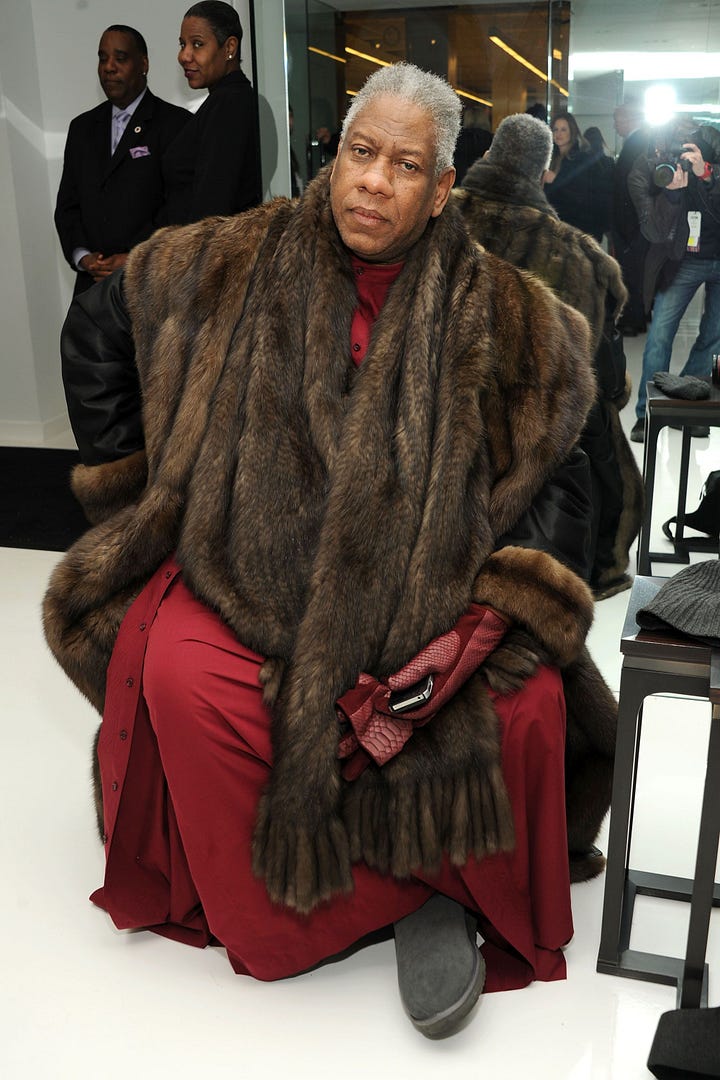

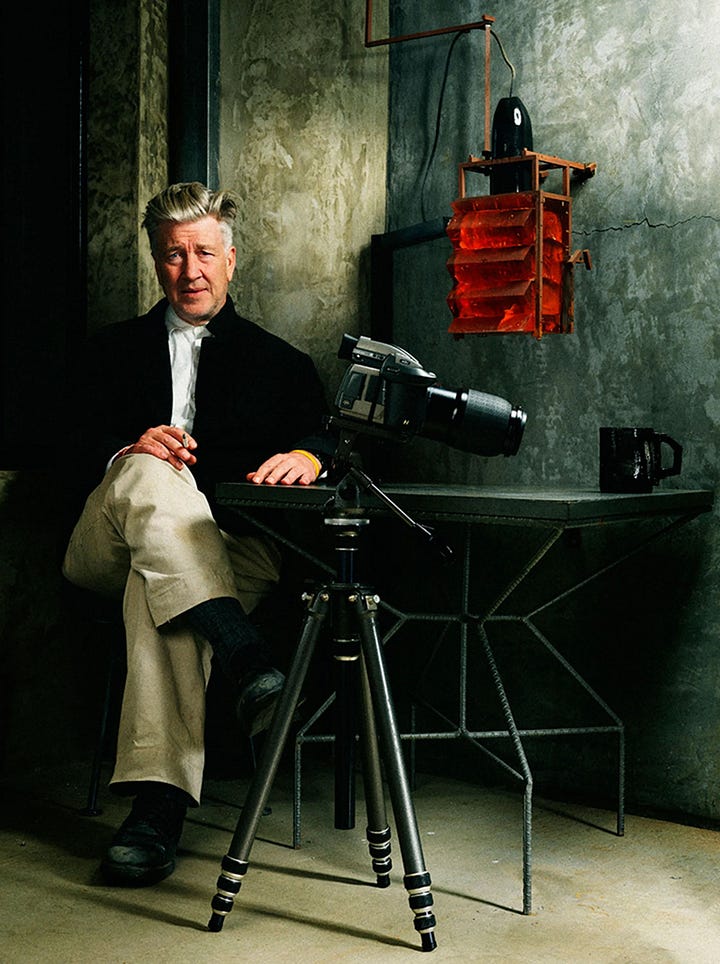

Like I said all the way at the beginning, Coolness is a journey. Something to aspire for and work towards, something that causes you to exit your comfort zone and grow in the process, something vulnerable and sincere. Coolness is mysterious, leaving things to the imagination, letting allure and desire to join in do some of the work instead of trying to force things. Despite where we’re at now, how bleak and disgustingly uncool so much seems, I do retain faith that real coolness can and will return. Not everyone is cool right now, but I do believe anyone can be. Maybe as basic as it seems, the solution is just to make your own coolness, create your own desire for growth and change and progress and Sartre-ian transcendence. If I had the answers for how to reliably do that, fuck man I promise I’d tell you, but it’s not always that easy. Sometimes things do feel stagnated and stale and that a wall has been hit. Sometimes it feels like the melancholy that comes from that lack of desire for what’s in front of you will smother you completely. Sometimes you’re stuck in a paradox of either feeling left out or participating in something you have no desire to out of boredom or just for the sake of “keeping up”. Sometimes guilt or self-loathing begins to seep in from not feeling interested or wanting to participate. I certainly know it does for me. But I guess when what’s presented to you just isn’t cool, it’s your burden of responsibility to seek out what really is, or will it into existence yourself, for your own sake, because it’s more valuable than ever.
⫘⫘⫘⫘⫘⫘⫘⫘⫘⫘⫘⫘⫘⫘⫘⫘⫘⫘⫘
Recent Pieces/Mockups
SUMMER SALE! Discounts on all custom orders, available at hello@marksabinodesign.com
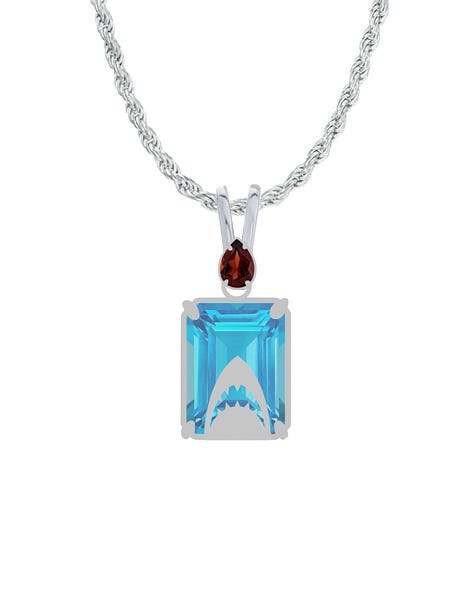

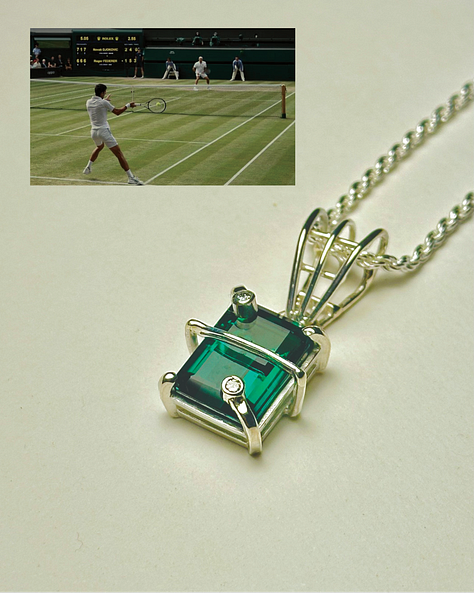
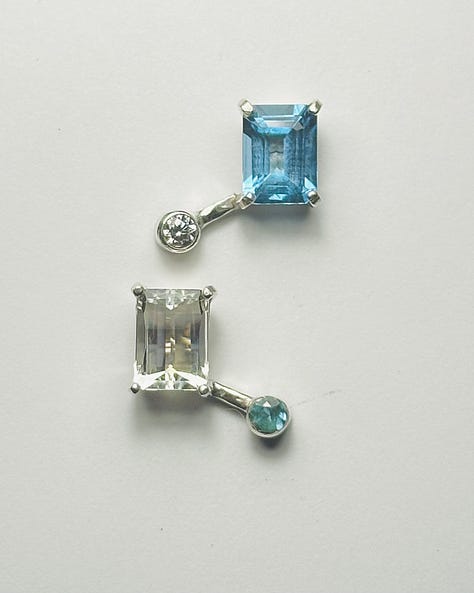
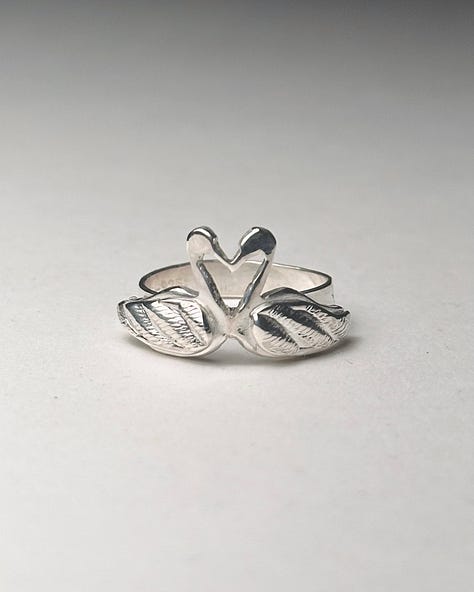
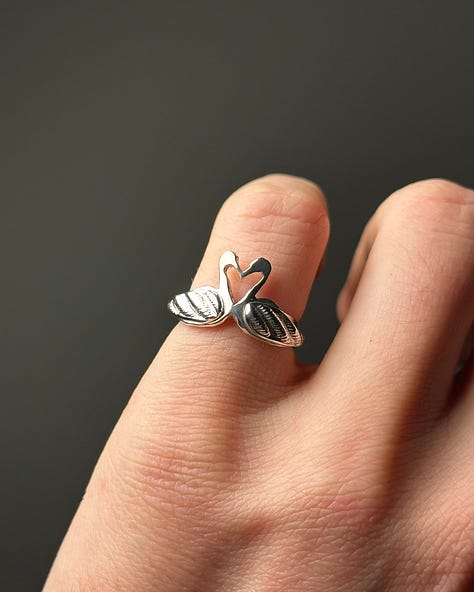
⫘⫘⫘⫘⫘⫘⫘⫘⫘⫘⫘⫘⫘⫘⫘⫘⫘⫘⫘
This is the first of a hopefully ongoing series about pairings. Sometimes, things just fit together perfectly. Individual entities that when combined or enjoyed back to back, form something much greater than the sum of its parts. Dinner and a movie, coffee and a cigarette, going to the beach and getting drunk. You just know it when you feel it, you don’t even have to think. The first pairing on the menu is a set of movies I hold near and dear, ones that stand firmly as classics on their own, but when combined form one sprawling melancholic epoch of the dueling hearts of their respective directors. 2 films that feel more relevant than ever, released a decade apart while still feeling like they exist side by side, outside of time. A statement and response woven together by shared focuses on the isolation and separation of our modern day, the tumultuousness of love, and Scarlett Johansson. I’m of course talking about Sofia Coppola’s Lost in Translation (2003) and Spike Jonze’s Her (2013).
WARNING: SPOILERS AHEAD (duh)
“Does it get easier?” asks Scarlett Johansson’s Charlotte as she lies next to Bill Murray’s Bob Harris at the Park Hyatt Tokyo. “No…Yes.” he replies after some thought. This small exchange seems to sum up the larger theme of this double feature, the realist ambiguity of growing older, growing out, growing apart. Spike Jonze and Sofia Coppola, friends since being introduced by Kim Gordon on the set of Jonze’s iconic 1992 skater-tinged Sonic Youth 100% video, eventually began dating and collaborating in what could only be described as an artsy cool kid fairytale romance. The dream of many a young creative type wishing to find someone to inspire and be equally inspired by. They wound up married by 1999, coinciding with huge cinematic debuts from the power couple in the form of The Virgin Suicides and Being John Malkovich respectively. Even in these early features, you can see the defining characteristics of their styles on full display. Sofia’s delicate, aesthetically particular razor sharp coolness, saturated with taste, and Spike’s neurotic, vulnerable but smirking meta sincerity. Their marriage would go on for 4 years, through Jonze’s next critically acclaimed release Adaptation in 2002, and eventually of course ending with Coppola’s monumental, deeply revealing and personal Lost in Translation.
Keep reading with a 7-day free trial
Subscribe to A Guy Not A Newsletter to keep reading this post and get 7 days of free access to the full post archives.











